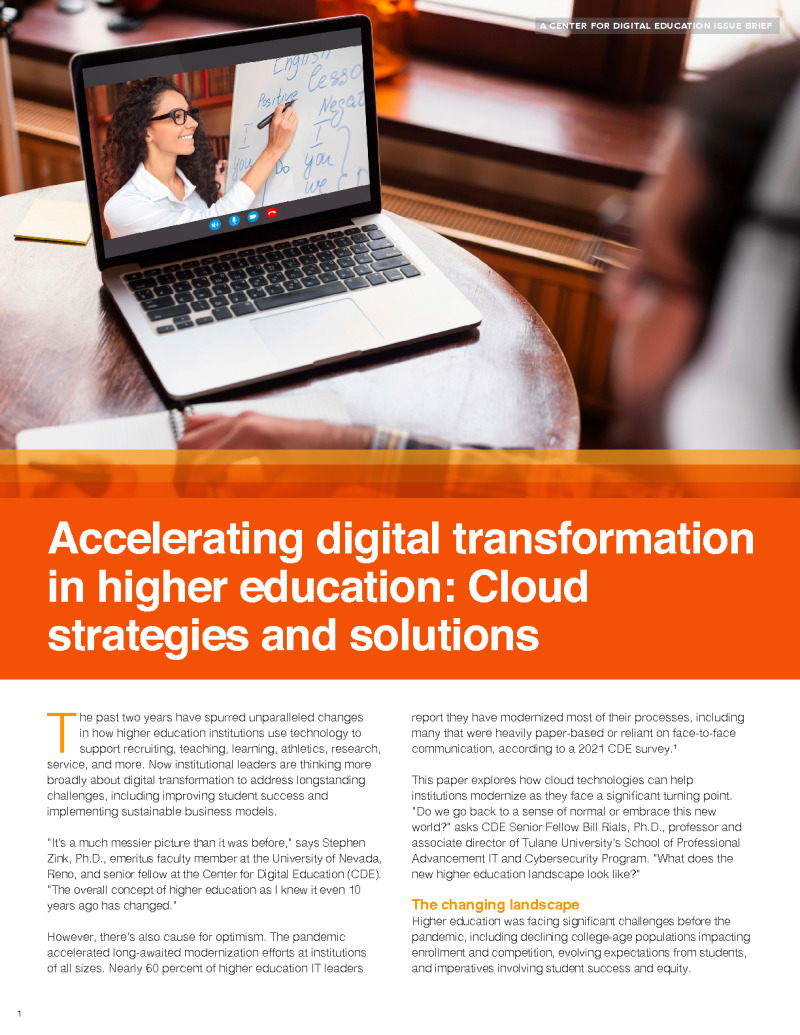On the phase of the entire world striving hard through the unusual challenges, the businesses also experience a hard time as they take up a 360-degree shift to stay operational in a virtual world. Finding a better way has made the Cloud act as a partner to the business and it has made organizations continue to progress by relying less on local conditions.
Inspite of the lockdown forcing most economic sectors to slow down, cloud technology is helping businesses to survive and remain competitive. More importantly, it aids to cut costs and increase operational efficiency using the cloud. And it is certain that the global pandemic has raised the priority of cloud migration projects, and adapts to cloud offerings.
Cloud Adoption – Real-time Use Cases
Manufacturing Industries
Being one among the industries where manpower matters the most, positively gets to survive with technologies like Cloud Computing, Machine Learning, and IoT being adopted. It is getting well-executed with the Cloud-connected machinery and equipment that automate industries and reduce the need for human interaction and increasing secured access to the sites. Thus cloud technology uncovers the way to act remotely, collaborate with supply chains, and manage production as per the situation.
Research Management
Generally, researchers employ Big Data & Artificial Intelligence (AI) to provide data and enable control measures on specific cases. Now, during this crisis, the cloud is been a great use for the data scientists to collect, store, and to perform analytics regarding virus spread patterns, preventive measures, and more of its parameters. Even this aids and sources officials to take appropriate steps to overcome these unusual circumstances.
Semiconductor Industries
Right in this current scenario the cloud services that enable high-performance computing, design, and verification over the cloud are encouraging semiconductor companies to adopt cloud for their businesses. In specific, they have adopted cloud computing for semiconductor verification based on simulators. These are similar to the actual environment or act like any actual devices attached to the cloud, enabling further development process. Certain other semiconductors also have shared their device software/stack into the shared cloud with their clients enabling continuity of business operations with customers.
These use cases evidently put forward the fact that modern organizations have always counted on digital platforms and cloud infrastructure to support their businesses. Later now in this current scenario, more companies have started recognizing the undeniable value that cloud delivers like effective employee/client collaboration, flexibility, server maintenance, secured & remote data access, and much more.
Technical Challenges Well Dealt With Cloud
– Remote workers get the most benefit of cloud technology as their data and files moved in the cloud get placed in a centralized server that when required can be accessed easily through an internet-enabled device then and there.
– The cloud also allows multiple users to perform work on a single file at the same time as all changes get reflected in real-time.
– Cloud computing, gets you to host your applications on the cloud, this enables a user to run them through a web browser even if they are not installed on their device. This, in particular, eliminates the need to install programs in each of the user devices.
– Cloud adoption has helped enable an increasingly mobile workforce and a whole lot of .web-based apps, virtual desktops, endpoint encryption, conferencing software, Virtual Private Networking (VPN), and other cloud-enhanced tools make remote work possible from nearly any device, and from anywhere.
Planning For Migration?
Many security leaders have started to focus more on moving many on-premise applications to the cloud to get their businesses a successful transformation.
A report says that CISOs when interrogated on their expected trend in 2020, they mention ” the Cloud“. On March 2020 David Levine, CSO at Ricoh explained that “cloud will continue to be a big push in 2020.” In the same way, Tom Murphy, CISO at the University of Miami echoed his thought by stating that “security in hybrid and multi-cloud environments is going to be right at the top of trends.”
While situations like COVID-19 are unlikely to predict, business continuity is a top priority for organizations as they focus on facilitating remote work from anywhere. This experience will be a more active accelerant to a cloud-first world. Saying so, security leaders are way aware of the importance of cloud adoption and are determined to keep pace with the ever-evolving nature of cyber security.
More on Migration,
When focusing on the different facets of a cloud migration it is easy to overlook what happens at the end but it is essential to plan the internal roles and responsibilities even before the start of the actual migration work.
The key teams and responsibilities like monitoring the cloud platform should be well planned and detailed to avoid future issues.
Also, plan for the review and update process so as to keep improving and getting updated with the needs as and when required.
Focus more on documentation and record from the people that performed the migration, so that the teams can understand all ends.
Finally, consider how to dispose of the no longer required things in a safe manner once the migration is done as it concerns the company’s data security, legal governance requirements, and the environment.
To summarize, while we continue to remain in such an elusive scenario, businesses and individuals are finding a workaround through technology. The tech advances have probably prevented many organizations from coming to a complete standstill. Among, this the cloud computing industry is one sector that has emerged stronger and its necessity today remains indisputable as it’s clear that the Internet and its surrounding ecosystem has become more valuable than ever.



